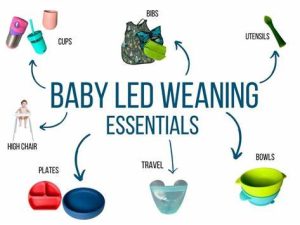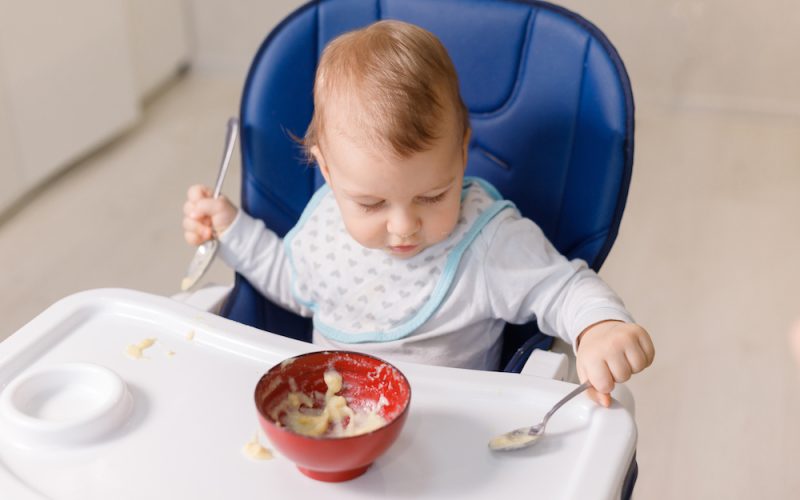Introduction
As parents, one of our most significant roles is nurturing our children’s independence and helping them build a foundation for a healthy life. Introducing solid foods is a crucial step in this journey. Traditional weaning methods involve spoon-feeding purees to infants, but there’s an alternative approach gaining popularity—Baby-Led Weaning. In this article, we will provide an overview of what Baby-Led Weaning is and how it differs from traditional weaning methods, highlighting how it empowers infants to develop independence and healthy eating habits right from the start.
Traditional Weaning vs. Baby-Led Weaning
Traditionally, weaning begins with spoon-feeding purees to infants. While this approach has been effective for generations, Baby-Led Weaning offers a different perspective. Let’s compare the two:
Traditional Weaning:
- Adult-Controlled: In traditional weaning, adults decide what, when, and how much the baby eats. The focus is on the quantity of food ingested.
- Spoon-Feeding: Infants are typically spoon-fed purees and semi-solids. They are passive recipients of food.
- Delayed Independence: Traditional weaning may delay the development of self-feeding and fine motor skills.
- Texture Progression: The progression from purees to textured foods is gradual.
- Less Variety: Infants may not experience the same variety of tastes and textures early on.

Image By: https://tildaricelive.s3.eu-central-1.amazonaws.com/
Baby-Led Weaning:
- Baby-Centered: Baby-Led Weaning shifts the control to the baby, who decides what and how much to eat. It focuses on the baby’s appetite and cues.
- Self-Feeding: Infants are encouraged to self-feed from the very beginning. They handle and explore food independently.
- Early Independence: Baby-Led Weaning promotes self-feeding skills, including grasping, biting, and chewing.
- Immediate Texture Variety: Infants experience a wide range of textures and tastes right from the start.
- Healthy Eating Habits: It fosters independence, self-regulation, and a healthy relationship with food.
The Principles of Baby-Led Weaning
Baby-Led Weaning is based on several key principles:
- Introduce Solids at the Right Time: Most experts recommend starting solids around six months of age when babies show signs of readiness, such as sitting up unassisted and displaying interest in food.
- Offer Appropriate Foods: Introduce age-appropriate, nutritious foods that are easy for babies to grasp and explore, such as soft fruits, steamed vegetables, and well-cooked grains.
- Let the Baby Lead: Allow the baby to self-feed, exploring and tasting foods at their own pace.
- Avoid Choking Hazards: Be mindful of potential choking hazards and offer safe food shapes and sizes.
- Share Mealtimes: Make mealtimes a family affair, letting the baby join in at the table to observe and learn from others.
Benefits of Baby-Led Weaning
Baby-Led Weaning offers numerous advantages:
- Development of Independence: Infants learn to feed themselves, fostering independence and fine motor skills.
- Healthy Eating Habits: By allowing babies to self-regulate their food intake, it promotes healthy eating habits and appetite control.
- Wide Food Exposure: Babies experience a variety of tastes and textures, potentially reducing picky eating later on.
- Family Bonding: Mealtimes become family events, enhancing bonding and socialization.
- Less Stress: For parents, Baby-Led Weaning can be less stressful than spoon-feeding purees.

Image By: https://th.bing.com/
Conclusion
Baby-Led Weaning is an alternative approach to introducing solids that empowers infants to develop independence and healthy eating habits from the start. It differs from traditional weaning by placing the baby in control of their food experience. By understanding the principles and benefits of Baby-Led Weaning, parents can make informed choices to nurture their child’s development and lay the foundation for a lifetime of healthy eating habits.












